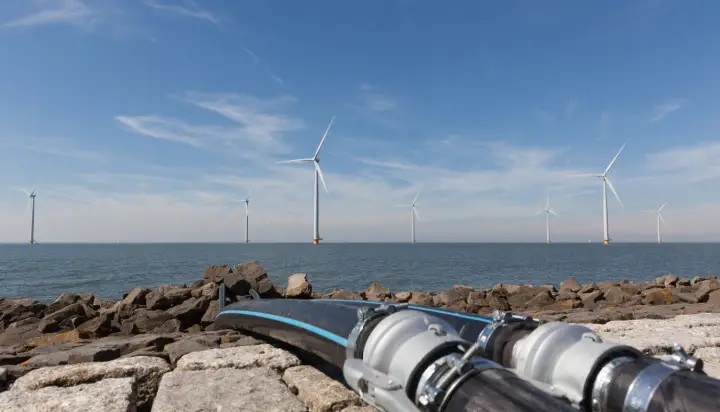A new power line, The LionLink, will be constructed between the UK and the Netherlands. By connecting the two nations and the North Sea wind farm projects, the line will provide enough electricity to power 1.8 million homes.
The new cross-border electricity line will be only the second of its kind globally. Germany and Denmark built the first. However, it will have a capacity that is more than four times greater than that of its predecessor, making it the biggest of its kind in the entire world.
Normal interconnectors only link two nations together, but the multifunctional LionLink will simultaneously connect the UK and Netherlands with offshore wind farms in the middle of the North Sea. The government is announcing the innovative project, further boosting energy security and independence in Europe.
Energy Security Secretary Grant Shapps said: “Today’s historic agreement with the Netherlands links our two countries together. This is through this thrilling feat of innovation and engineering – the largest of its kind in the world. It will thus provide enough electricity for more homes than in Manchester and Birmingham combined.”
Read also: The Netherlands to build the world’s largest offshore hydrogen production plant
The new LionLink project completion date
The new LionLink will transport 1.8GW of electricity compared to Germany and Denmark’s Kass-Frslev (Kriegers Flag), which carries 0.4GW. It will be created by TenneT and National Grid Ventures, and it will be in use by the start of the 2030s. The agreement launches the project’s development phase, and a final investment decision is anticipated by 2026.
The UK currently has an 8.4 GW interconnector capacity, Thus, LionLink alone will increase that by up to a fifth. This will produce more clean and reasonably priced power for UK homes and businesses. Future wind farm development will require less visible infrastructure and additional onshore building thanks to the LionLink.
